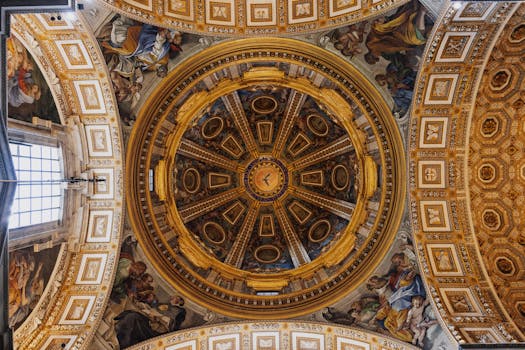
Traveling Through Time: How Europe’s Historical Heritage Shapes Modern Lifestyles in 2025
Traveling Through Time: How Europe’s Historical Heritage Shapes Modern Lifestyles in 2025. Europe, a continent steeped in history and tradition, has a unique ability to blend the old with the new. From the Colosseum in Rome to the Eiffel Tower in Paris, historical landmarks and cultural heritage sites are an integral part of the European landscape. But how does this rich history shape modern lifestyles in Europe? In this article, we’ll explore the ways in which Europe’s historical heritage continues to influence contemporary culture, architecture, and art.
The Preservation of Historical Sites
One of the most significant ways in which Europe’s historical heritage shapes modern lifestyles is through the preservation of historical sites. Many European cities have made a concerted effort to restore and conserve their historical landmarks, ensuring that they remain an integral part of the urban landscape. For example, the city of Rome has invested heavily in the restoration of the Colosseum, which is now one of the most popular tourist attractions in the world. Similarly, the city of Paris has preserved the Eiffel Tower, which has become an iconic symbol of French culture and engineering.
The Influence of Historical Architecture
Europe’s historical heritage has also had a profound influence on modern architecture. Many contemporary buildings in Europe are designed with historical references in mind, incorporating traditional materials and architectural styles into their design. For example, the Berlin Cathedral in Germany is a stunning example of modern architecture that incorporates elements of traditional Gothic design. Similarly, the Guggenheim Museum in Bilbao, Spain, is a contemporary building that blends seamlessly into the city’s historic landscape.
The Role of Cultural Heritage in Shaping Modern Lifestyles
Cultural heritage plays a significant role in shaping modern lifestyles in Europe. From art and literature to music and cuisine, European culture is deeply rooted in its historical heritage. For example, the works of Shakespeare and Dickens continue to influence contemporary literature, while the music of Mozart and Beethoven remains an integral part of European classical music. Similarly, traditional European cuisine, such as Italian pasta and French croissants, continues to shape modern culinary trends.
Conclusion
In conclusion, Europe’s historical heritage continues to shape modern lifestyles in 2025. From the preservation of historical sites to the influence of historical architecture and cultural heritage, Europe’s rich history remains an integral part of contemporary culture. As we look to the future, it’s essential that we continue to preserve and celebrate our cultural heritage, ensuring that it remains a vibrant and dynamic part of modern lifestyles.





